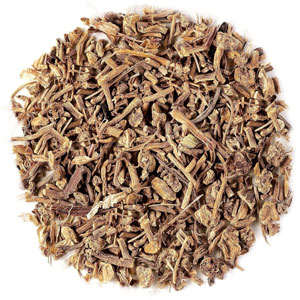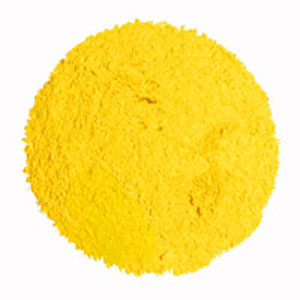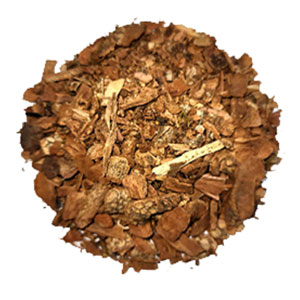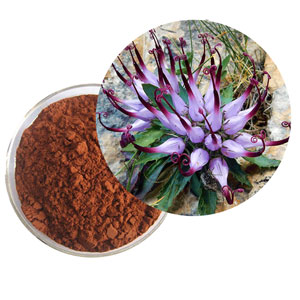Description
Valeriana officinalis, commonly known as garden heliotrope, common valerian, or all-heal, is a clumping perennial native to Europe and western Asia. It has also escaped gardens and locally naturalized in the northern U.S. and Canada1. Here are some key points about Valeriana officinalis:
- Description:
- Height: Typically grows 3-5 feet tall (occasionally up to 6 feet).
- Leaves: Odd-pinnate, with 7-10 pairs of toothed, lance-shaped leaflets. Leaves are aromatic when bruised.
- Flowers: Trumpet-shaped, 4-7 mm long, with a light pink or white corolla and 5 spreading lobes. Blooms in June-July.
- Roots: Strong-smelling roots yield the herbal drug valerian, which has been used for centuries to address issues like anxiety, restlessness, and insomnia.
- Cultivation:
- Prefers moist, rich loam soil but can tolerate average garden soils.
- Spreads by rhizomes and self-seeds.
- Deadhead spent flowers to prevent self-seeding.
- How to Use:
- Decoctions are suitable for roots, barks, large seeds, and berries.
- To make a decoction, add 1 tablespoon of dried valerian root to 1 cup of water in a saucepan. Bring to a boil, then simmer for 30-60 minutes. Strain and enjoy!
- :You may:
- Sweeten herbal tea with honey, natural fruit juice, stevia leaves powder, or licorice root powder.
Precautions: If you are pregnant, breast feeding, or taking any medications, it is important to consult with a healthcare professional before taking any herbal products. All content on this website is intended for educational purposes only. It has not been reviewed or approved by Health Canada. This information is not meant to diagnose, treat or cure any disease.





Reviews
There are no reviews yet.